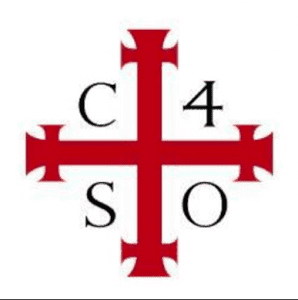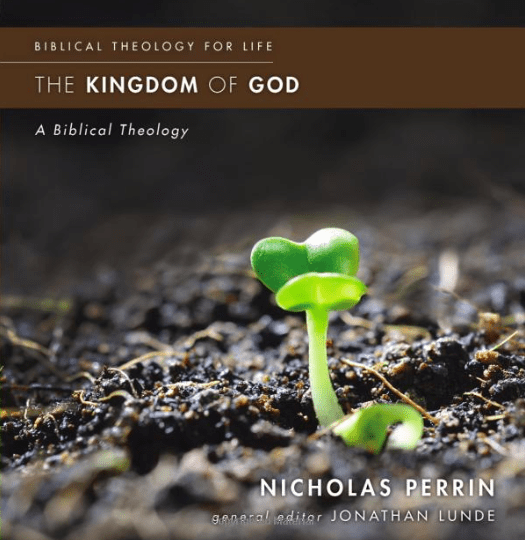This year yields a bumper crop of books analyzing American religious traditions, and I’ll avoid listing the books, but it began with Christian Smith and Patricia Snell, led to Bradley Wright’s book, Kenda Creasy Dean’s study of young adult faith, and now we find Robert Putnam and David Campbell, American Grace: How Religion Divides and Unites Us, who offer a macroscopic and excellent study. Pastors and leaders have no reason now not to know what’s going on.
One of the most interesting features of American Christianity in this first decade of the 21st Century is switching and lapsing — that is, changing from one’s parents’ religious faith. The simple point is this: religious identity is less inherited now than chosen (and changeable).
Which leads to this: Did you change religious traditions from your parents? If so, what were the precipitating factors?
 Here are the major conclusive numbers, which are described in detail and processed through a series of tests: “roughly 35-40 percent of all Americans and 40-45 percent of white Americans have switched at some point away from their parents’ religion” (137). So we are moving from infant baptisms to adult baptisms into a different tradition.
Here are the major conclusive numbers, which are described in detail and processed through a series of tests: “roughly 35-40 percent of all Americans and 40-45 percent of white Americans have switched at some point away from their parents’ religion” (137). So we are moving from infant baptisms to adult baptisms into a different tradition.
Raw numbers, and I’m assuming that the authors are referring here to folks who were reared Evangelical, Mainline or Catholic:
Evangelicals: 24% have switched, 24% lapsed (thus, 52% have stuck it out)
Mainliners: 38% have changed, 23% lapsed (thus, 39% have stuck it out)
Catholic: 36% have changed, 26% lapsed (thus, 38% have stuck it out)Which raises the Retention rates issue, and please don’t ask me about how these numbers fit with the above ones — get a copy and read the fine lines:
 Since 1910, Catholics have gone from 88% to 70%; Mainliners from 79% to 60%; Evangelicals from 78% to about 62%.
Since 1910, Catholics have gone from 88% to 70%; Mainliners from 79% to 60%; Evangelicals from 78% to about 62%.
So, about 33% of Mainliners have left … mostly to become either evangelical or nones. But this isn’t quite accurate since many Mainliners consider themselves such though don’t attend church very often. So, the authors say this: “Mainline Prots … have lost more than half their children over the last half century” (141).
Among Evangelicals the numbers have gone from 75% to 62% in the last two decades.
What is the best explanation for retention? Parents in the same religious tradition and observant.
Switching has occurred increasingly in the last century because of intermarriage, but the majority of switching occurs independently of a family connection in faith.
Paradoxically enough, there is a high correlation between politics and religious conversion. An increasing number of political liberals are connecting to religious liberalism; an increasing number of political conservatives are connecting to religious conservatism.










